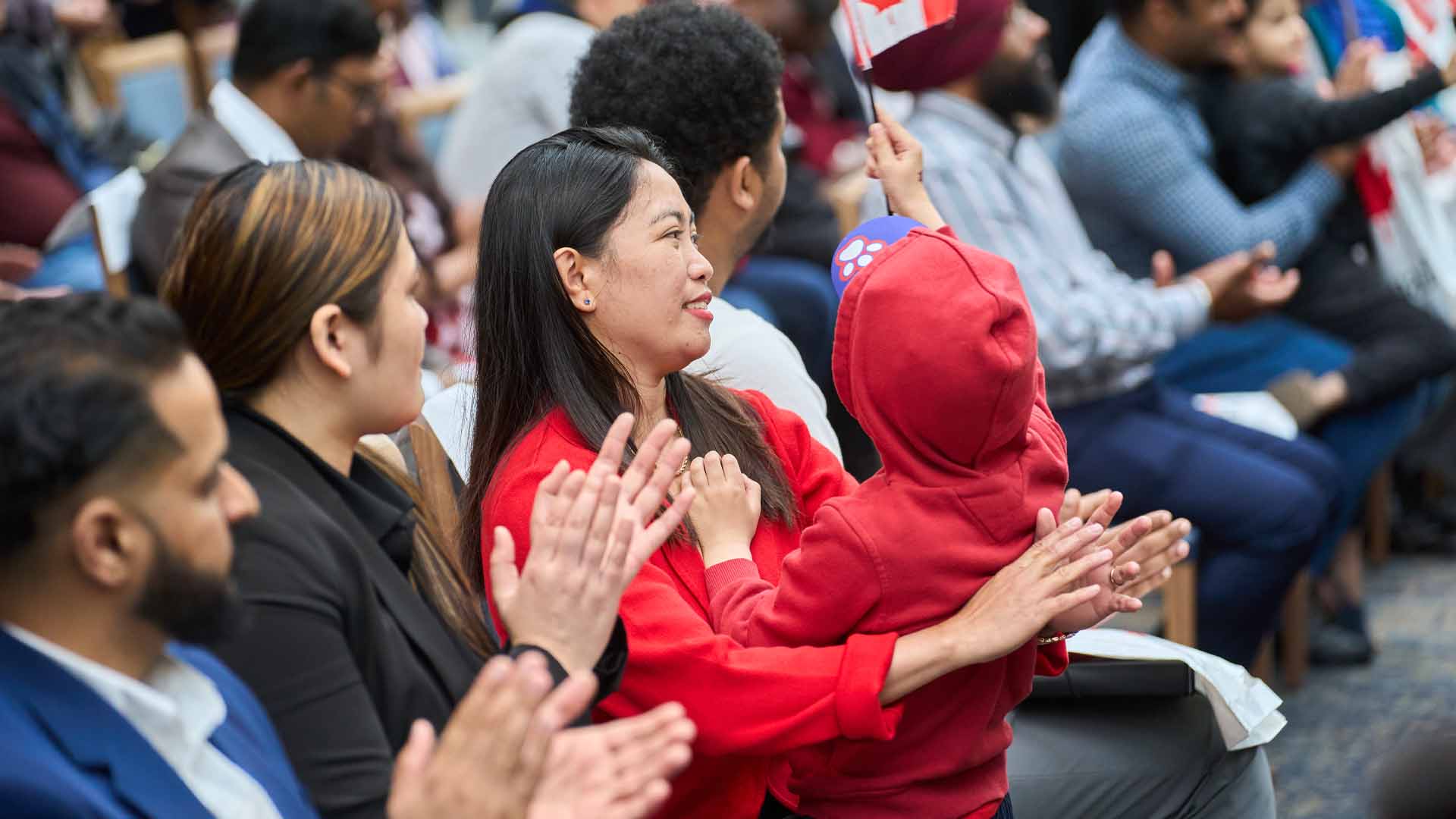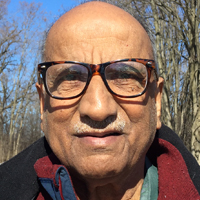
Both Canada and the U.S. have a paradoxical history of immigration. They depend on immigrants to people Indigenous lands and fuel economic growth but simultaneously discriminate against new arrivals by treating them as racially and ethnically inferior. Civil rights and human rights movements, as well as economic imperatives, have helped reduce overt discrimination, but treating immigrants unequally always courses just below the surface.
In the 21st century, immigration has been turned into a money-making business in Canada. It has been put on sale, though the rhetoric remains of economic growth and humanitarian interests. The use of immigration as a source of financial gain has permeated into business, the labour force, housing and now education.
Canadian colleges and universities are increasingly dependent on international student fees as a major source of tuition revenue. A Statistic Canada study prior to COVID shows that in 2017-18, almost 24 per cent of new enrolments in universities were by international students. In colleges, it was slightly more than 16 per cent.
In eight years, the enrolment of international students in universities has nearly doubled. At the college level, it’s about tripled. The revenue from international student fees in universities and degree-granting colleges was $12.7 billion in 2019-20. According to Global Affairs Canada, international students spent $22.3 billion in 2018 on tuition, accommodation and discretionary expenditures. China is the leading source of international students in universities while India dominates college enrolees.
In Ontario, with about 280,000 international students, the situation has been alarming enough to come to the notice of the provincial auditor general, whose 2021 audit report observed that Ontario colleges were more and more reliant on tuition revenue from international students – 68 per cent of fee revenue for colleges. Should enrolment drop for any reason, these institutions would be in a precarious position.
The Globe and Mail has published several investigative reports about the malpractices and consequences of what it calls the “international student recruiting machine.” An industry of recruiting students abroad has coalesced. It includes immigrant and educational consultants (sometimes working on commission for private colleges), tuition centres to help potential students cram to qualify for the English test and post-secondary admission offices.
The Globe reports that in Indian Punjab, billboards advertise “study in Canada,” and notices are posted on electric poles advertising “settle abroad.” An international student can work for up to 20 hours a week and they can earn even more by working off the books.
This opens the possibility to turn college study into an investment toward the Canadian immigrant visa and a route for earning money. This lure has drawn thousands from Punjab alone. Many families borrow money or sell properties to pursue the dream of riches in Canada.
The prospect of an immigration visa as an incentive to send children to study in Canada has not drawn only the fortune-seekers. It also motivates many well-off families in China, India and other countries to send their youth to Canadian universities and colleges as a way of establishing a foothold in Canada for opportunities, security and freedom.
Undoubtedly, many international students come with genuine educational motives but are being tarred by the practices of those primarily using enrolment as a route to immigration. The associated malfeasance is corrupting the educational system, and is also blighting local housing situations and promoting dubious business practices.
Cutbacks in provincial funding over many years drove universities and colleges to rely on international students’ high fees to fill the financial shortfall. The international students coming to seek employment and settlement in Canada work long hours and have little time, energy and motivation to meet the educational requirements. Though tutored to qualify for the language test, many do not have the proficiency in English or French to keep up with the demands of classwork. The outcome of these conflicting pressures is that the educational standards are being compromised. Occasional letters to the editors, social media postings and teachers privately point out that academic compromises are made in classes, where a large number of students are linguistically and academically unprepared.
The student immigrants are themselves often victims. The City of Brampton in Ontario is a prime exhibit of these complex issues. International students from Punjab converge there because it has a large Punjabi population. Scores of students live together in squalid illegal basements. In 2019, the city registered 1,600 complaints of illegal secondary units. The callers to Punjabi radio programmes often bring up problems of crowded neighbourhoods and the financial ruination of families in villages across Punjab.
International students often find that the well-paying work they were promised by recruiters does not exist. They struggle at schools and are often entreating their not-so-well-off families back home to send them money to live. Businesses come to rely on them as cheap labour. Mental health problems affect many. The Globe quotes the director of the Lotus Funeral Home in Toronto as saying he handles four to five international students’ deaths – suspected to be suicides or overdoses – every month.
The student visa channel and its misuses are widespread. The Indian family that recently froze to death illegally crossing from Manitoba to the U.S. had entered Canada on a student visa. The president of the Indian Association of Manitoba has characterized international student recruitment as full of “rampant fraud and exploitation.” In December 2020, the Quebec government barred 10 private colleges from issuing admission certificates for such visas.
The federal and provincial governments are ignoring the misuse of student visas for immigration. The Ontario government had a cavalier response to the auditor general’s observations, saying, “Ontarians should be proud that local colleges attract students from all over the world.”
Both levels of government need to detach immigration eligibility from enrolment in Canadian colleges and universities. The graduates of these programmes maybe should get extra points for their Canadian education, but they should be put in line with the applicants for immigration from their homelands. Also, the non-educational employment of international students should be more strictly monitored.
Most importantly, these governments should appropriately fund educational institutions, reducing their dependence on international student fees.
A good society in Canada will not be built if those coming to settle here experience it as a land of illegal and immoral practices. Canadian governments should prioritize social development as much as economic growth.










